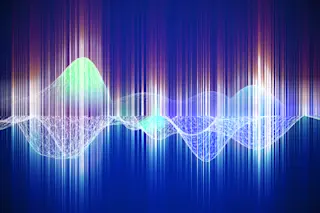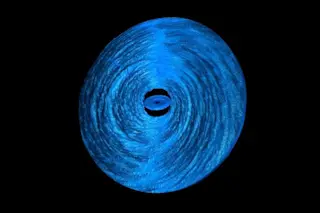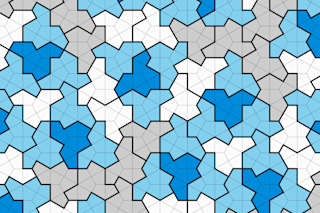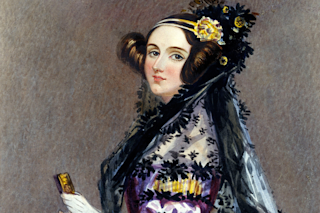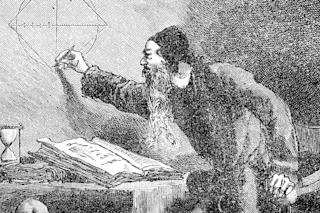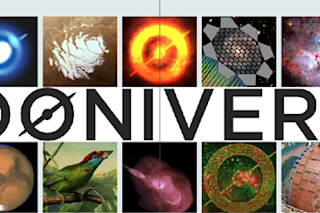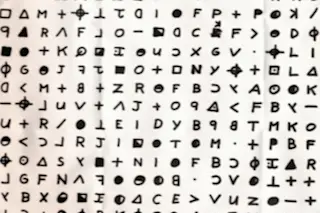One of the unsung foundations of modern civilization is the ability to detect oscillating fields, be they radio waves, visible light, x-rays, magnetic fields, gravitational waves among the countless varieties. It is no exaggeration to say that our 21st century lives depend on this ability. So it should come as no surprise that physicists would like to do this with ever increasing accuracy and sensitivity.
In recent years, they have learned how to use the strange properties of quantum particles to make measurements limited only by the Heisenberg uncertainty principle. This places important limits on the precision with which certain quantum properties can be known.
But by using tricks like quantum entanglement and quantum error correction, they can squeeze this limit further, making it possible to sense oscillating fields, such as gravitational waves, that are so weak they would be impossible to measure by other means. But physicists would dearly ...


